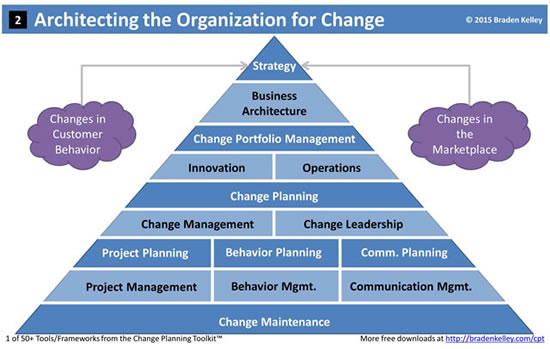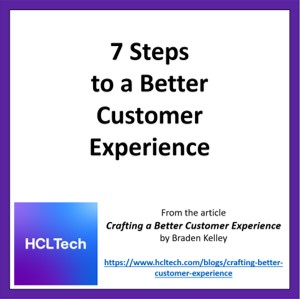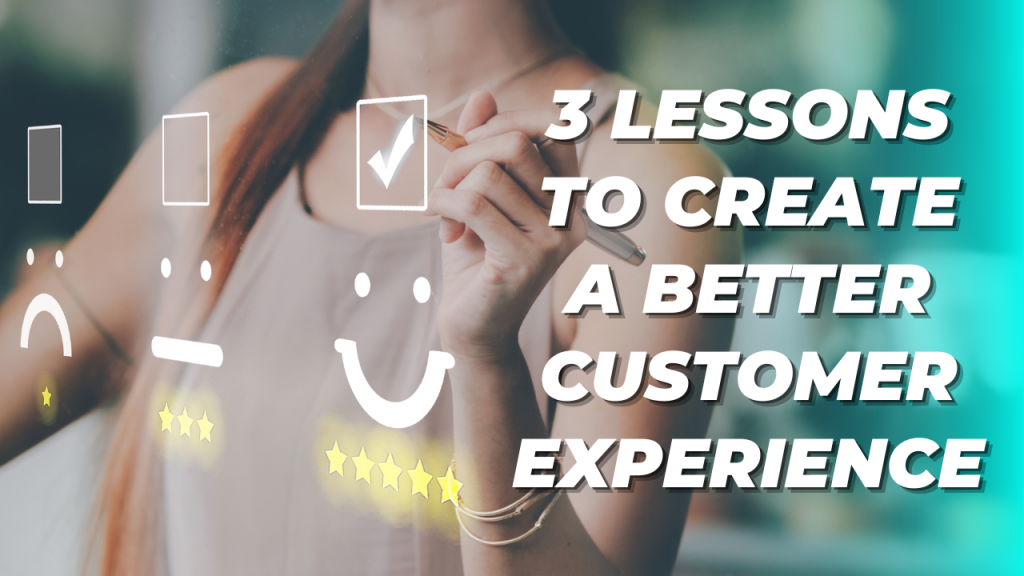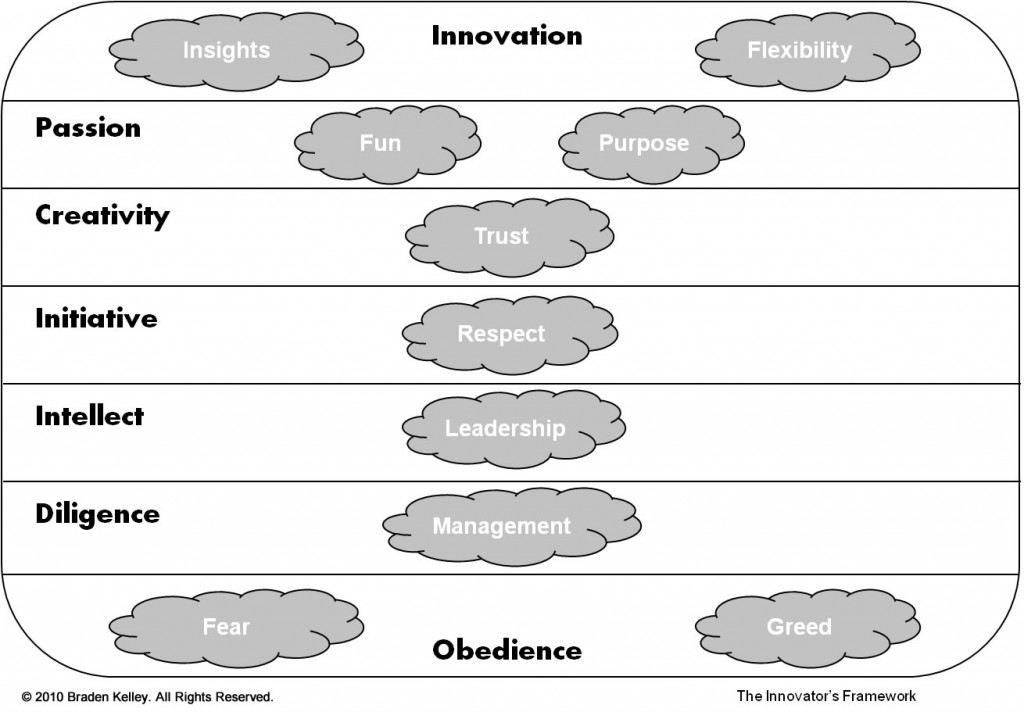
Too often we speak about Innovation, Customer Experience, Digital Transformation, Employee Experience and Organizational Change as very distinct and separate things.
But is this the right approach?
Those of you who have read both my first book Stoking Your Innovation Bonfire and my second book Charting Change know that the main reason that the second book even exists is because innovation is all about change.
Apple couldn’t bring the iPod, iTunes and the iTunes store to market without inflicting incredible amounts of change upon the organization and building many different new organizational capabilities and hiring many new types of people with many types of expertise new to the organization.
I’ve also written about BIG C and little c change, with BIG C change including transformations of many types (including digital) and little C change including projects and other small initiatives. And yes, every project changes something, so every project is a change initiative. And so yes, project management is in fact a subset of change management, not the typical wrong way ’round that change management is usually made subservient to project management.
Stop it!

For an invention to have any chance of becoming an innovation, the organization must transform, and to do this well we must design corresponding changes in both employee experience and customer experience to accelerate and integrate:
- Value Creation
- Value Access
- Value Translation
See my important article Innovation is All About Value for more background on these three phrases.
Because of the interconnectedness between innovation, change, transformation, customer experience and employee experience we must look at these different specialties holistically and in a coordinated way if we are to maximize our chances of successfully completing the journey from invention to innovation.
Service Design and Journey Mapping have a role to play, as does Human-Centered Design because people are at the heart of innovation and transformation. These tools can help uncover the customer needs and help visualize what the NEW experiences must look like for both employees and customers to maximize the holistic value created and the ability of customers to access that value as effortlessly as possible.
As we work to design the potential innovation as a product or a service or a combination of the two, we must also consciously design the customer experience and employee experience to enhance to possibilities of this invention becoming an innovation. This includes potentially designing OUT touchpoints in current journeys that people may taken as a given, but maybe no longer need to exist if we are truly keeping the customer and their wants/needs at the center of our focus.
As part of your innovation activities, consider creating customer and employee journey maps, printing them poster size and placing them front and center on your innovation wonder wall so that you can ask your innovation team the following questions:
- What is different about this customer or employee touchpoint when considering our potential innovation?
- How could we design out the need for this customer or employee touchpoint?
- With our potential innovation, what customer or employee touchpoints may no longer be necessary?
- With our potential innovation, what new customer or employee touchpoints may we need to create?
- What organizational and employee knowledge and capabilities are we missing, that we must have, to deliver the necessary and expected customer and employee experiences?
As we explore these questions, they allow us to look beyond the product or service that forms the basis of the potential innovation that we are creating and create more value around it, to make our customers’ and employees’ experiences of our potential innovation better, and to increase our chances of more successfully translating the holistic value for its potential customers.
Customer and employee experiences are not detached and separate from the new products and services forming the basis of your innovation activities.
The change and transformation that accompany innovation are not separate either.
We must look at all of these specialties together and not see them as isolated things, otherwise we will fail.
So keep innovating, but be sure and consider the change and transformation necessary to help you be successful and how you are going to innovate your customer and employee experiences at the same time!
 Sign up here to get Human-Centered Change & Innovation Weekly delivered to your inbox every week.
Sign up here to get Human-Centered Change & Innovation Weekly delivered to your inbox every week.
 Drum roll please…
Drum roll please…![]() Sign up here to get Human-Centered Change & Innovation Weekly delivered to your inbox every week.
Sign up here to get Human-Centered Change & Innovation Weekly delivered to your inbox every week.










 (one of the many concepts introduced in my first book
(one of the many concepts introduced in my first book